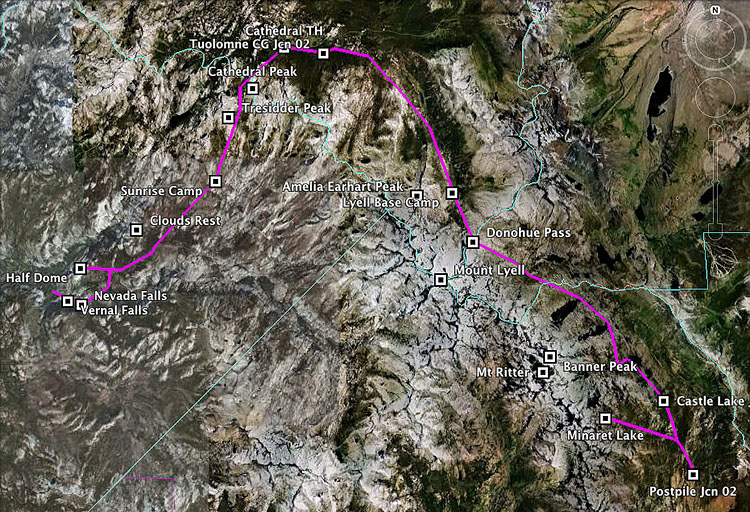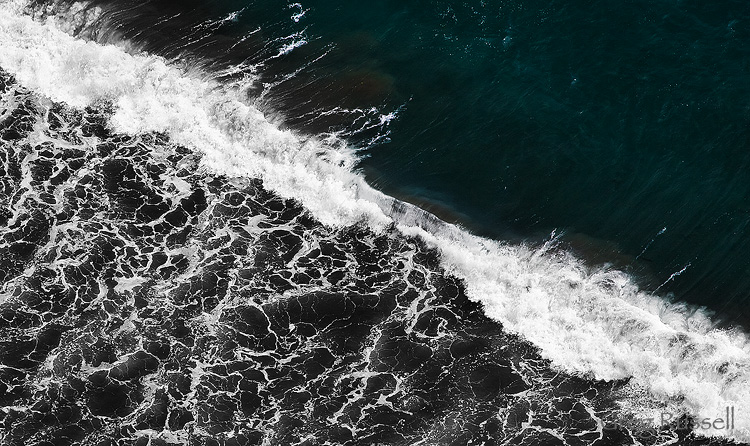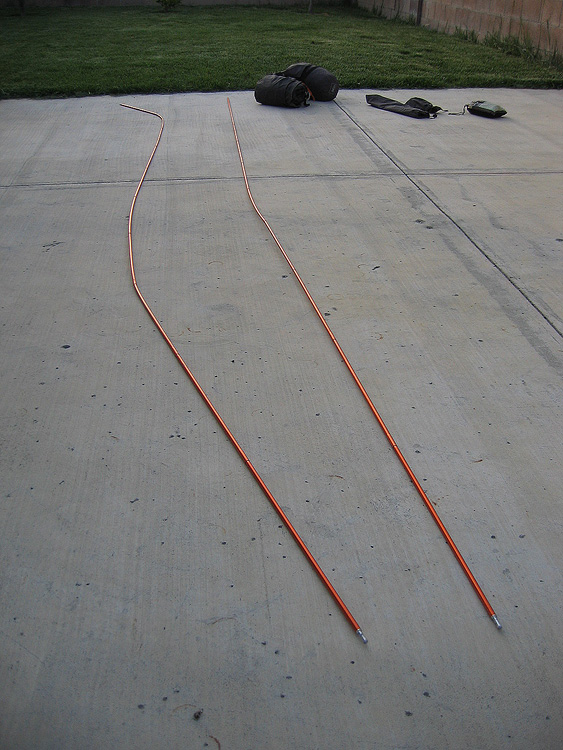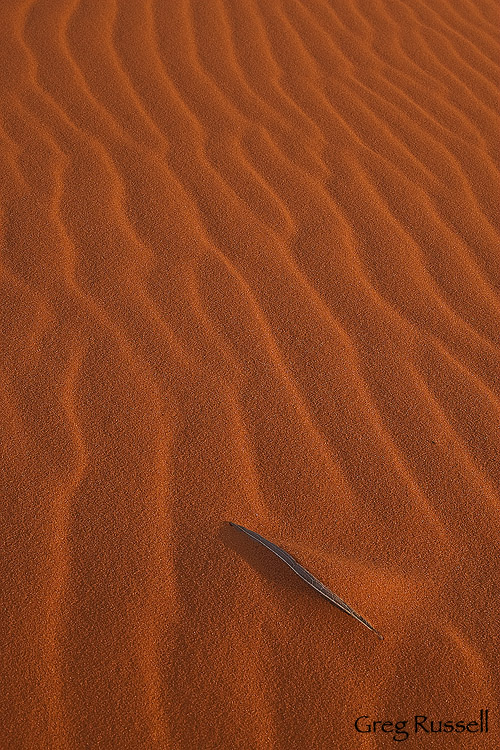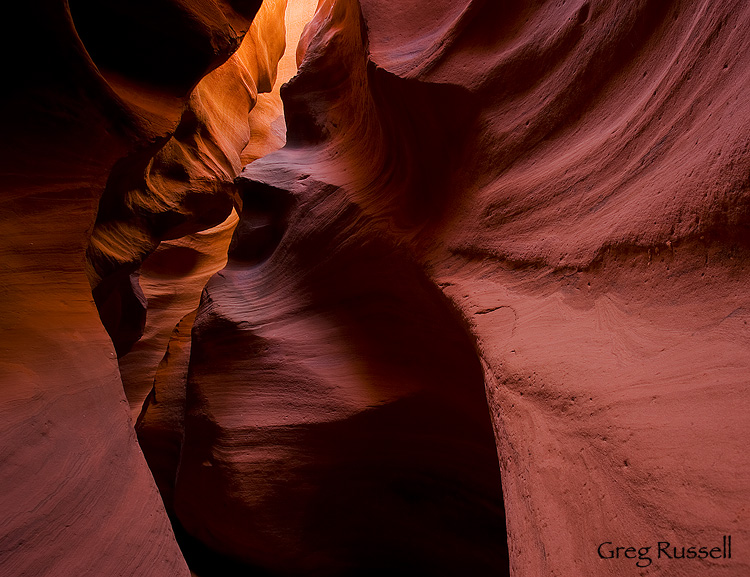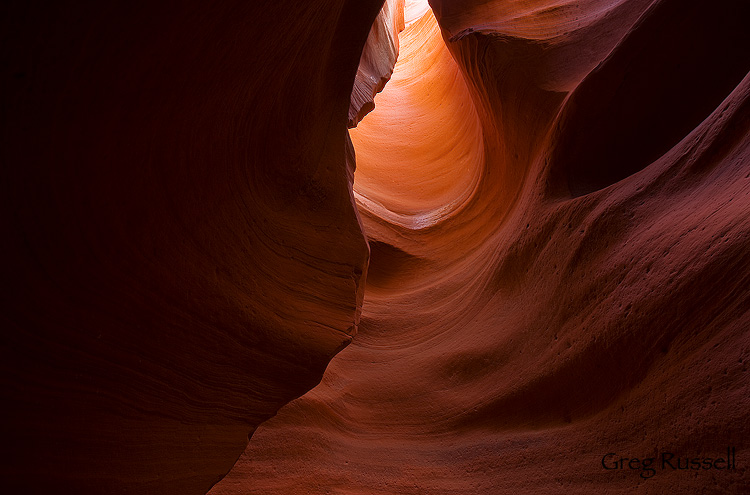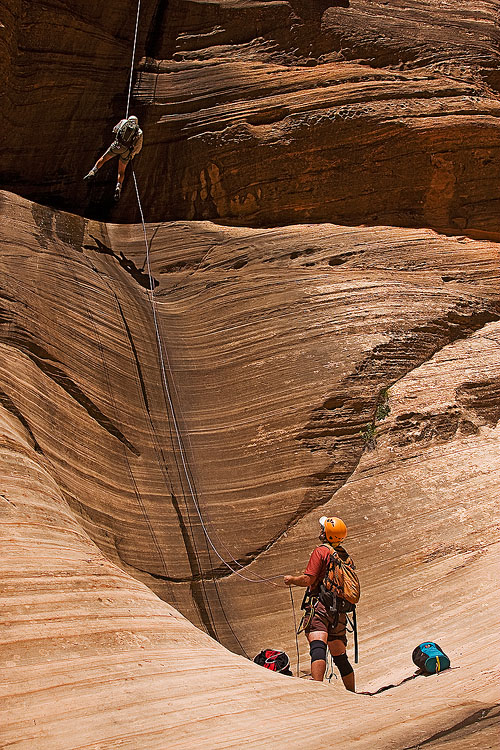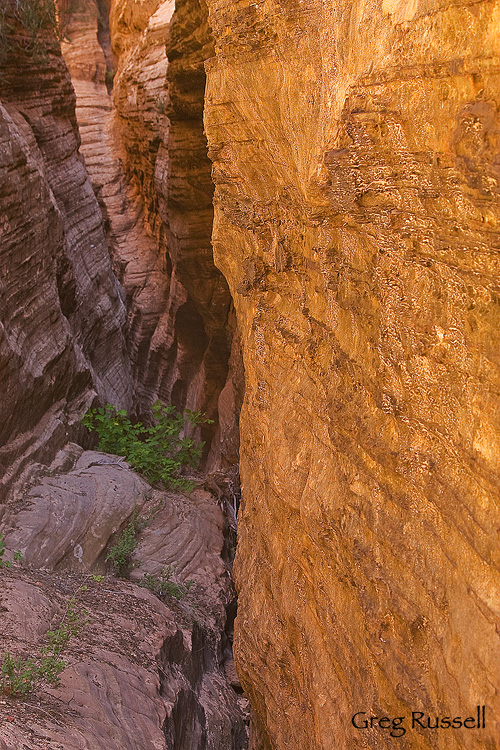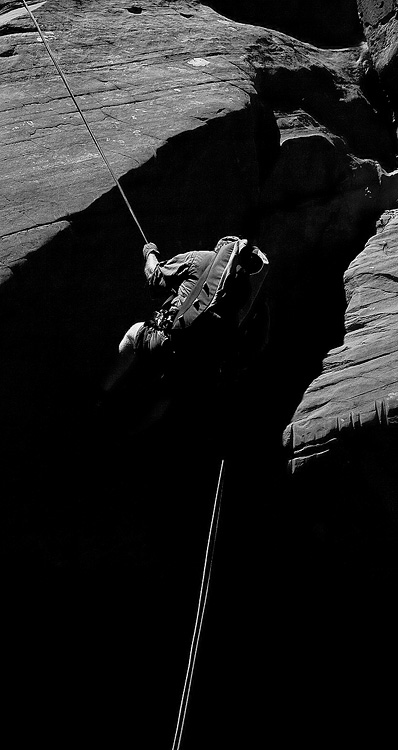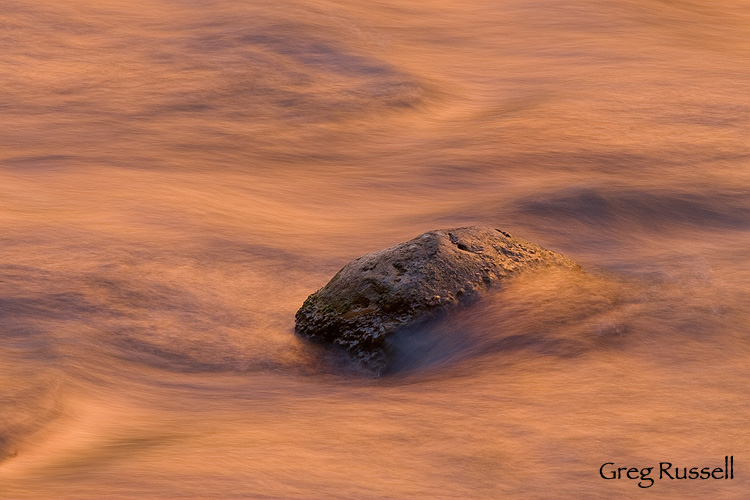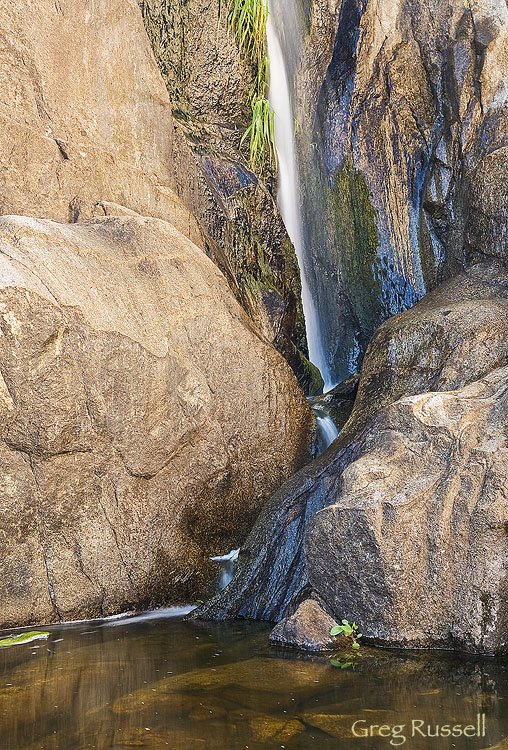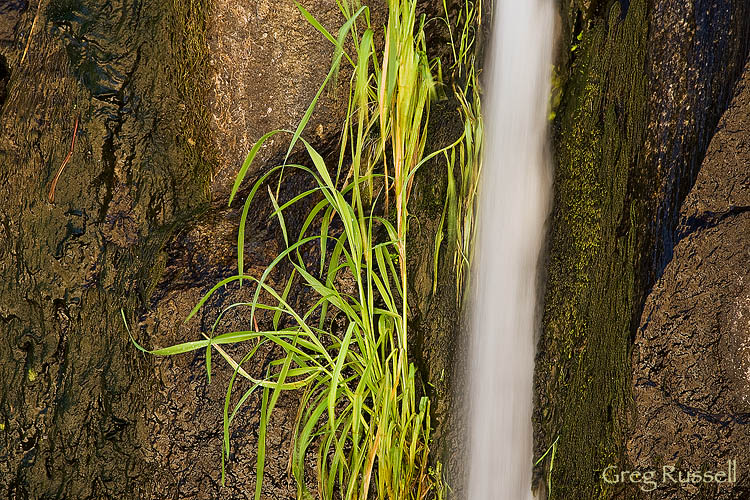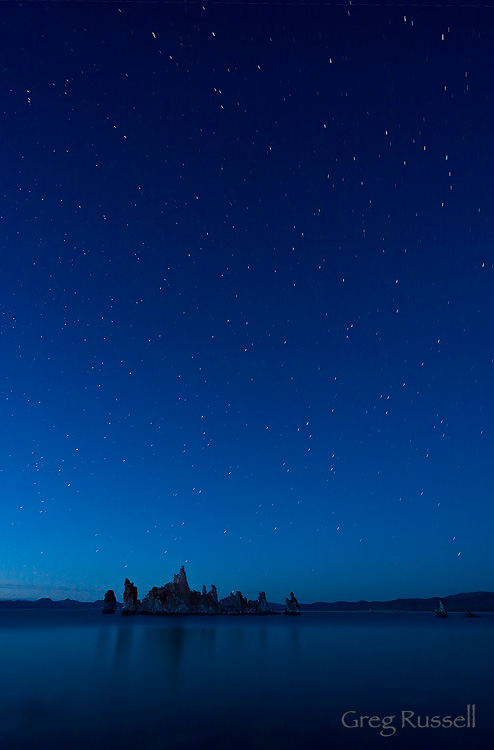Today, we’re off to the Sierra Nevada for an 8-day backpacking/photography trip that will take us to the base of the Minarets, and along the John Muir trail to Yosemite Valley. I’ll be posting journal entries as well as (hopefully) many new photos when we return at the end of July. Be sure to check back for updates on the trip.
Its been 100+ at my home here in inland southern California for almost a week now; it will be nice to escape the heat in the high country. I’m almost certain, however, that the mosquitoes will be numerous and large enough to pull me down the trail, if I can figure out a way to harness them.
My hiking partner put together a GPS file of our route. We’ll be starting at Devil’s Postpile, in the lower right, and ending at Happy Isles in Yosemite Valley. You can click on the image to see a larger version. Enjoy, have a great month, and see you when I return!

